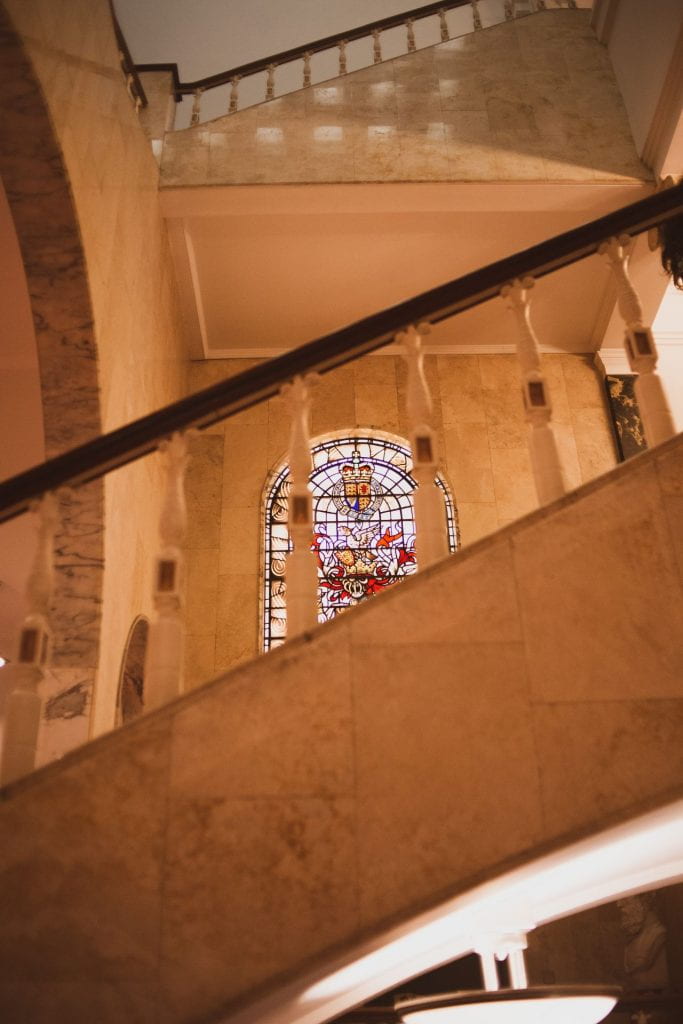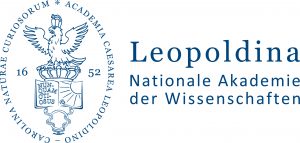The third and final workshop for the AHRC-funded project ‘Collective Wisdom: collecting in the early modern academy’ promised to explore the ‘afterlives, use and reconstruction’ of early modern collections through digital approaches. There couldn’t have been a more fitting location than the Royal Society; as Louisiane Ferlier’s paper on ‘The Royal Society digital collections’ showed, the Society’s ongoing digitisation of manuscripts is one that combines a sincere reflection on its own institutional history with an embrace of new technologies. In fact, Louisiane’s presentation coincided with the online launch of Nehemiah Grew’s 1681 catalogue of the early Royal Society’s collections, which is well worth checking out: a beautiful example of how early manuscripts are being made accessible in ways they have never been before.
This focus on digitisation, whether through scanning manuscripts and printed books or photographing artworks and museum objects, was one of the most prevalent kinds of ‘digital lives’ at the conference. Often, of course, this work is combined with the creation of metadata and wider records: as the amazing expansion of the Early Modern Letters Online (EMLO) project showed (in a paper given by the project’s Miranda Lewis), an initial focus on a single material archive can balloon into huge amounts of unseen data. The workshop attendees (who must spend thousands of collective hours working with both sides of digital catalogue interfaces) heard papers that ranged back and forth across the threshold between user experience and the creation of digital catalogues and repositories. Over the two days, a picture emerged of ‘digital lives’ as a juggling act involving user and creator, balancing complex source material with accessibility, age-old questions with new fields of interpretation.
Transparency versus utility was a recurring theme. Louisiane Ferlier pointed out that the digital interface is a ‘lie’ of sorts, invisibly blending several different collection management systems together for the ease of the user. This point is worth thinking about: not that institutions lie (!) but the way that the catalogue – a traditional physical tool and unique object – has become a digital metaphor for accessibility and instantaneous searchability. Tom Scott’s paper ‘Lessons and thoughts on (re)combining digital collections’ expressed concerns that the Wellcome Collection’s online interface was failing at this function, but as anyone who works with early modern catalogues will confirm, it is all part of the process. Maybe applying some pressure to that metaphor and resulting ‘lie’ is one way to make clearer the ways in which ‘digital lives’ is expanding the vocabulary of the humanities into new realms…
This ethos of collaboration was palpable not just within project teams but across institutions and between workshop delegates, underlined by the generous and thoughtful Q&A sessions. One of the questions after Neil Johnston’s paper was a practical, considerate query: ‘as librarians, archivists, or researchers, what should we be looking for to help the project?’. That kindness and desire to collaborate (the answer, if you’re similarly interested, was ‘anything to do with Ireland’) was reflective of the whole mood of the conference. Papers drew attention to the collaboration behind them, and gave thanks to their colleagues and students. Nobody was ignorant of the fact that, frequently, whole teams of both humanities researchers and digital experts were behind the information being presented. Although much attention was also given to the practical limitations of such work it was done in a spirit of genuine care and excitement for the work being done now, and the sort of work it could inspire in the future.
Other papers reflected on the relationship between representations of collecting and the creation of new data. Matthew Symonds’s paper on the ‘Archaeology of Reading’ project undertaken by the Centre for Editing Lives and Letters showed just how much could be gained by seeking to reconstitute an early modern library; meanwhile Brent Nelson’s ‘Reconstructing the Ark’ (a kind of collection of collections) explained the difficulties for databases to represent the complexities of early-modern collecting networks. These discussions took on a fractal aspect: disparate (but connected) Renaissance collections – which borrowed, lent and bought from each other – now spread across a variety of institutions, online catalogues and coding systems, are beginning to share data and cross-references in a digital ecosystem that would be impossible in physical terms. For example, Miranda Lewis suggested that EMLO might be looking at branching into a biographical database, since reconciling the often staggering array of spellings and names on offer in early modern correspondence seems to demand the existence of a master record. Almost every paper that followed from this point enthusiastically picked up on its suggestion, emphasising just how helpful it would be.
Conversation about these ecosystems of metadata were shared by papers that explored the potential to reconstruct, as well as to represent, that is latent in digital platforms. This makes sense, given that the problems (or solutions) in both cases arise from the issue of the material objects present or absent in museums and libraries. One approach looks at what’s there and makes it as accessible and usable as possible, another thinks about what isn’t there, and ask how digital tools might help us notice and address those silences. To this end, we were greatly struck by Julianne Nyhan’s paper reflecting on the ‘Enlightenment Architectures’ project, which has been examining and digitising a selection of Hans Sloane’s catalogues. Coming from the ‘digital’ side as opposed to the ‘humanities’ side (a distinction upheld by the workshop even as it sought to destabilise it), Julianne commented that she’d not previously thought about the innately positivist aspects of marking up a document in TEI: that is, you can only tag what is there. Sloane’s catalogues are replete with the expertise of enslaved people, collectors, and amanuenses who appear only in their conspicuous absences: it was thrilling, and inspiring, to hear Julianne’s reflections on how digital tools might allow us to properly think about those gaps.
But the most moving paper for us was Neil Johnston’s report on ‘Record Revelations: Beyond 2022 and the virtual reconstruction of the Public Record Office of Ireland’. The loss in 1922 of the Irish PRO was a tragedy, photos of the rubble conjuring feelings of hopeless paralysis – what could possibly be done to counter a disaster of such scale, even with all the tools now at our disposal? As Neil showed, a remarkable amount: the digital reconstruction of the building, meticulously following building plans and photographs, was incredibly moving and sensitively done, and the revelation that Neil’s team hoped to find detailed information, facsimile copies, or other reports of up to 20% of the collection’s holdings was astounding. The ability to search swathes of material in archives and libraries on both sides of the Atlantic could not be done by hand, and nor could the resulting attention to individual records – whether that be transcribing manuscript copies held elsewhere in Ireland, or linking users through to the records of relevant documents held in Philadelphia.
At the same time, we noticed many papers underline the persistence and necessity of human expertise alongside digital platforms. If digital tools can only work with the data that they’re given, the grand scale of enquiry, access and reconstruction enabled by the ‘digital lives’ of historical material comes down to the expertise and (literal) input of the teams who conceive of and manage them. The limitations most often cited were scarcities of funding, questions of long-term solutions and website maintenance, though one of the strengths of the workshop was a host of positive and insightful suggestions towards better collaboration and focus for digital projects based on invigorating success stories.
Will Burgess is a PhD candidate at Queen Mary University of London, working towards a thesis on legacy and the eighteenth-century public museum
Alice Wickenden is doing a collaborative PhD between Queen Mary University of London and the British Library, working on Hans Sloane’s library and its material connections.










